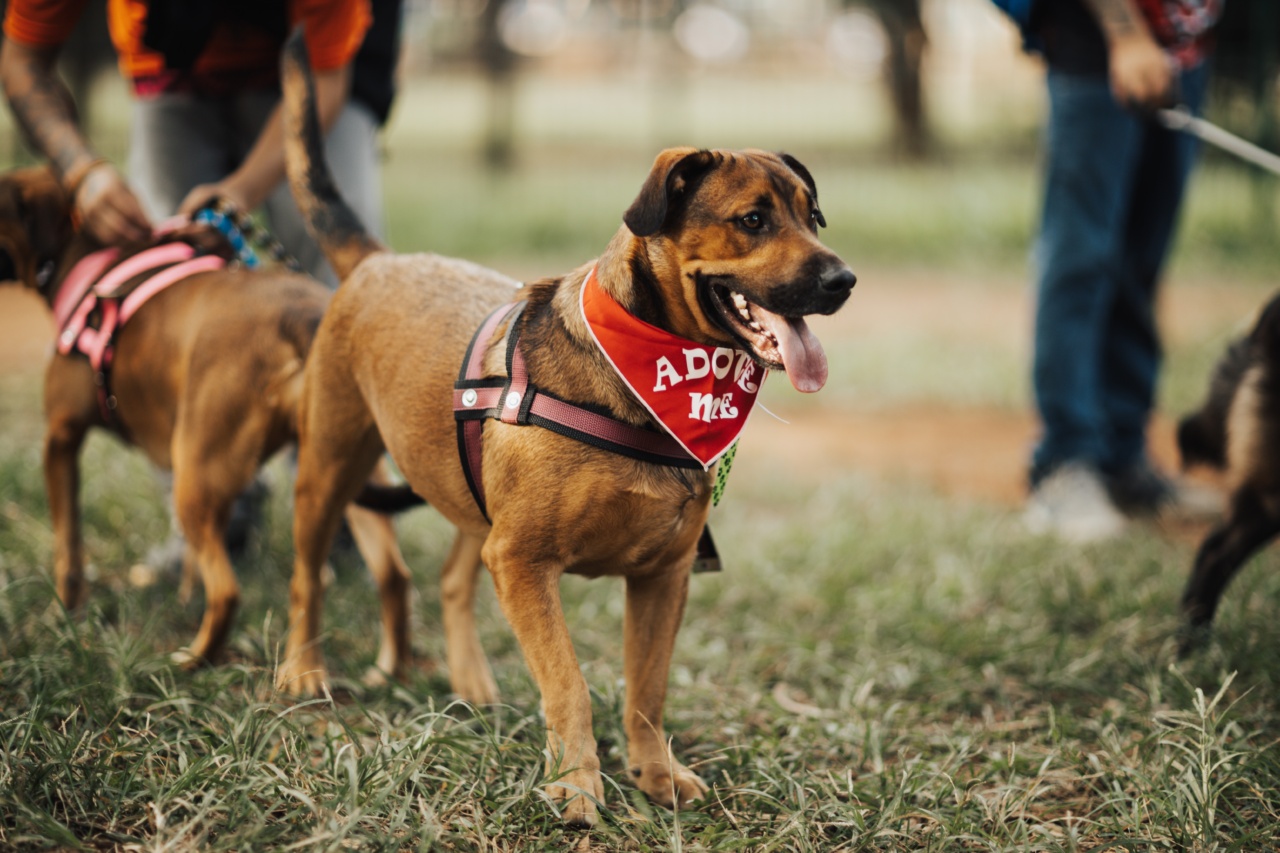Dental problems can be painful for humans and pets alike. However, pets have a way of hiding their pain and discomfort, making it difficult for their owners to detect problems early on.
Dogs are no exception, and dental problems are a common issue that pet owners need to be aware of. In this article, we will discuss some of the most common dental problems in dogs and what you can do to prevent them.
1. Bad Breath
Bad breath, also known as halitosis, is one of the most common dental problems in dogs. It can be caused by a buildup of bacteria in the mouth or by an underlying medical condition.
Dogs that eat a lot of table scraps or have poor dental hygiene are more likely to develop bad breath. Persistent bad breath can also be a sign of gum disease or kidney problems. If your dog’s breath smells bad, consult your veterinarian for an examination.
2. Gum Disease
Gum disease is an inflammation of the gums that can lead to tooth loss and other health problems. This condition is caused by a buildup of plaque and bacteria on the teeth and gums.
The early stages of gum disease are often reversible with proper dental care, but advanced cases may require surgery. Symptoms of gum disease in dogs include red or bleeding gums, bad breath, and difficulty eating.
3. Tooth Decay
Tooth decay is a bacterial infection that destroys the tooth enamel and can lead to tooth loss. It is caused by a buildup of plaque and sugar on the teeth.
Dogs that eat a lot of sugary treats or have poor dental hygiene are more likely to develop tooth decay. Symptoms of tooth decay in dogs include tooth pain, sensitivity, and difficulty eating.
4. Broken Teeth
Broken teeth are a common dental problem in dogs, especially those that like to chew on hard objects like bones and toys. Broken teeth can be painful and also lead to infection if left untreated.
Symptoms of broken teeth in dogs include drooling, loss of appetite, and bleeding from the mouth. If you suspect that your dog has a broken tooth, consult your veterinarian for an examination.
5. Oral Tumors
Oral tumors can develop in the mouth of dogs and can be both benign or malignant. These tumors can grow in various areas of the mouth, including the gums, tongue, and roof of the mouth.
Symptoms of oral tumors in dogs include difficulty eating, drooling, bad breath, and bleeding from the mouth. If you notice any unusual growths or lumps in your dog’s mouth, consult your veterinarian for an examination.
6. Periodontal Disease
Periodontal disease is a serious dental problem that affects the tissues that support the teeth. This condition is caused by a buildup of bacteria and plaque on the teeth and gums.
Over time, this can lead to damage to the gums and bones that support the teeth, causing tooth loss. Symptoms of periodontal disease in dogs include bleeding gums, bad breath, and tooth mobility.
7. Tartar Buildup
Tartar buildup is a common dental problem in dogs that can cause gum disease and tooth decay. Tartar is a hard, yellowish substance that forms on the teeth and is caused by a buildup of plaque.
Dogs that eat a lot of sugary treats or have poor dental hygiene are more likely to develop tartar buildup. Symptoms of tartar buildup in dogs include yellowish brown buildup on the teeth, bad breath, and difficulty eating.
8. Retained Deciduous Teeth
Retained deciduous teeth are baby teeth that fail to fall out and can cause problems with the adult teeth. This condition is more common in small breed dogs and can cause overcrowding of the teeth, leading to dental problems.
Symptoms of retained deciduous teeth in dogs include bad breath, difficulty eating, and loose teeth.
9. Malocclusions
Malocclusions are misalignments of the teeth and jaws that can cause dental problems for dogs. This condition can be inherited or caused by trauma. Malocclusions can cause problems with eating, drinking, and breathing.
Symptoms of malocclusions in dogs include difficulty eating, drooling, and bad breath.
10. Broken Jaw
A broken jaw is a serious dental problem that can cause pain and difficulty eating for dogs. This condition can be caused by trauma or disease. Symptoms of a broken jaw in dogs include difficulty eating, drooling, and swelling around the face.
If you suspect that your dog has a broken jaw, consult your veterinarian immediately.
Preventing Dental Problems in Dogs
Preventative dental care is the best way to keep your dog’s teeth and gums healthy. Some ways to prevent dental problems in dogs include:.
- Brushing your dog’s teeth regularly with a specially formulated dog toothpaste.
- Providing dental chews and toys that help clean your dog’s teeth.
- Feeding your dog a healthy diet that is low in sugar and high in dental health benefits.
- Regular dental check-ups with your veterinarian.
By following these preventative measures, you can help keep your dog’s teeth and gums healthy and prevent dental problems.





























